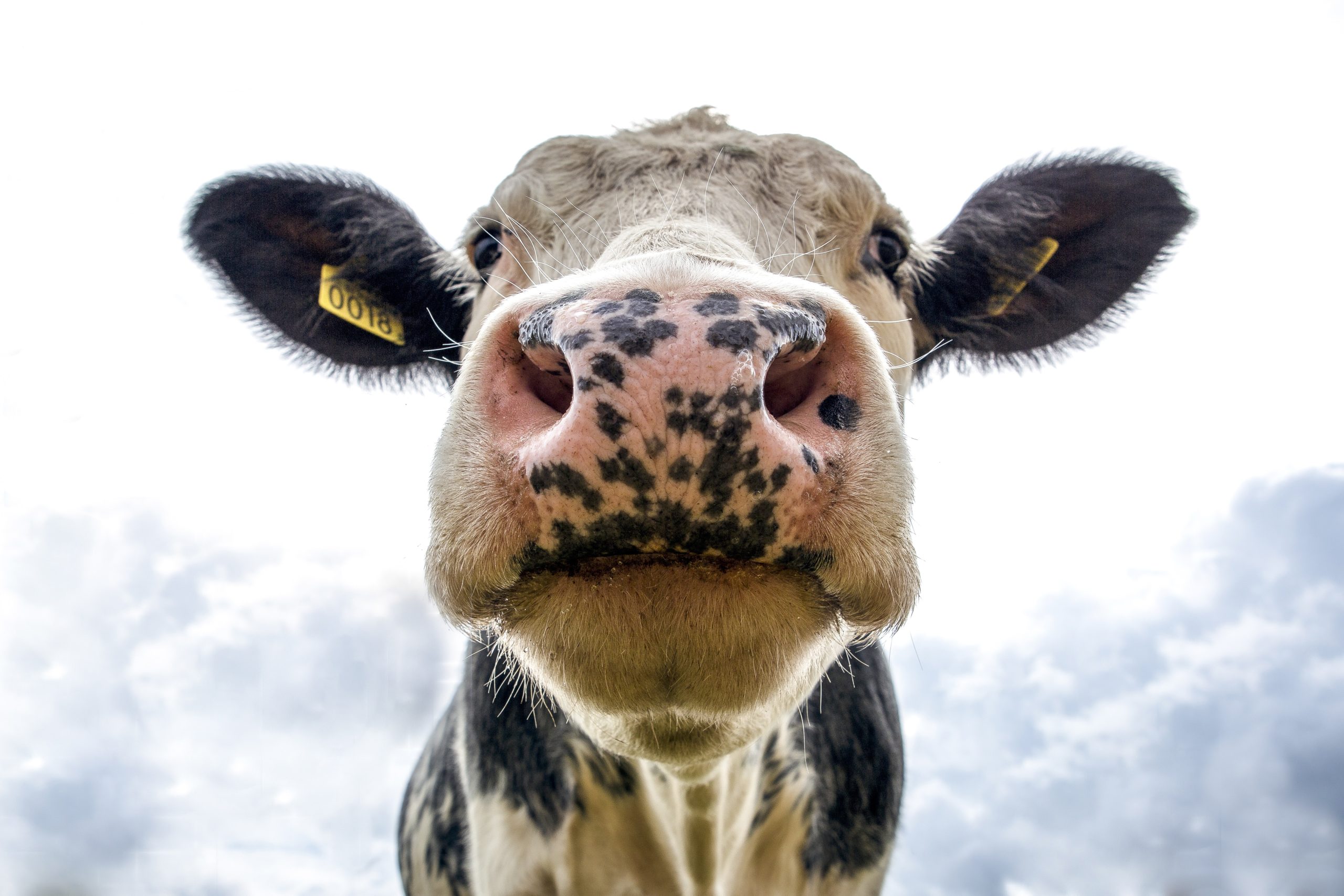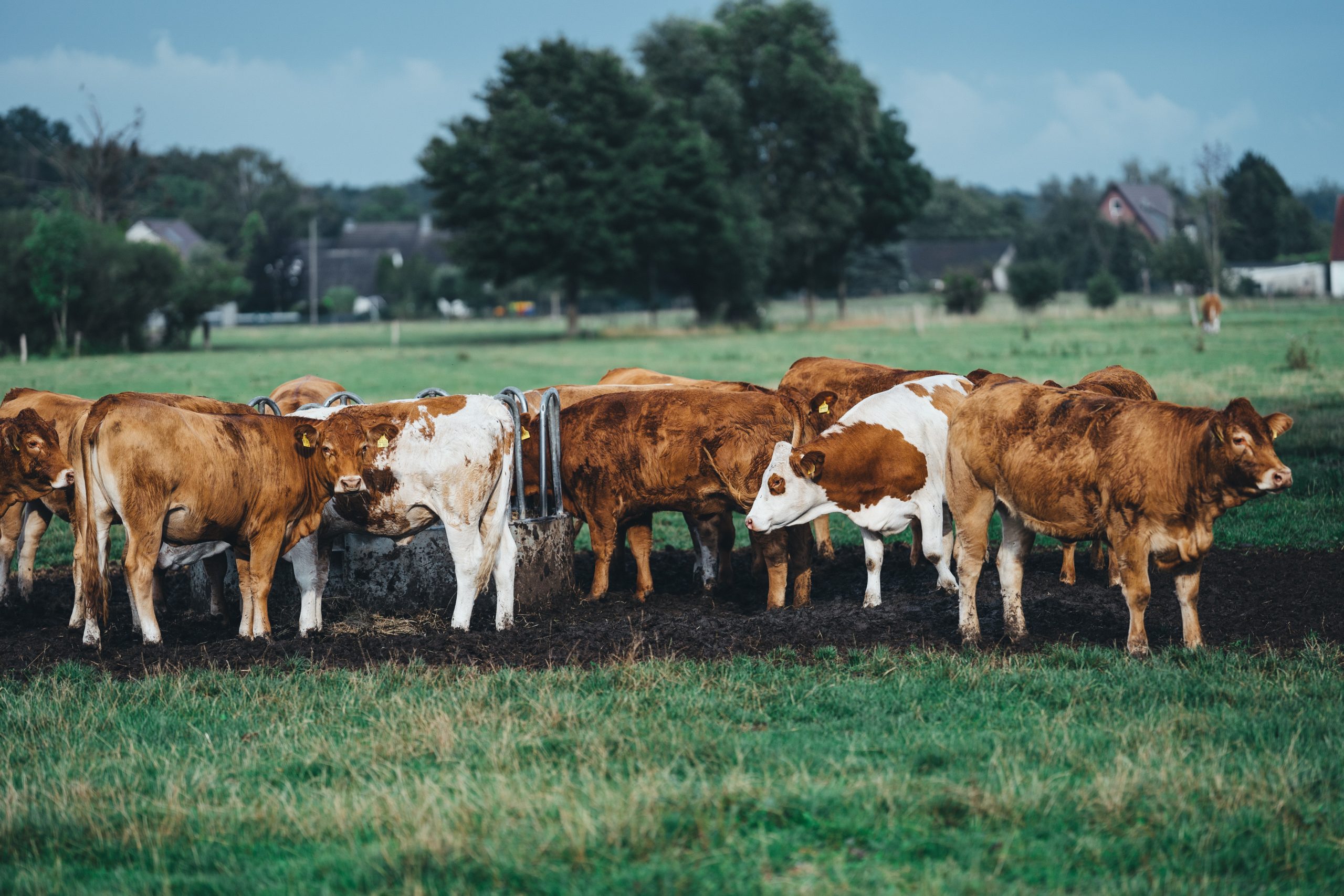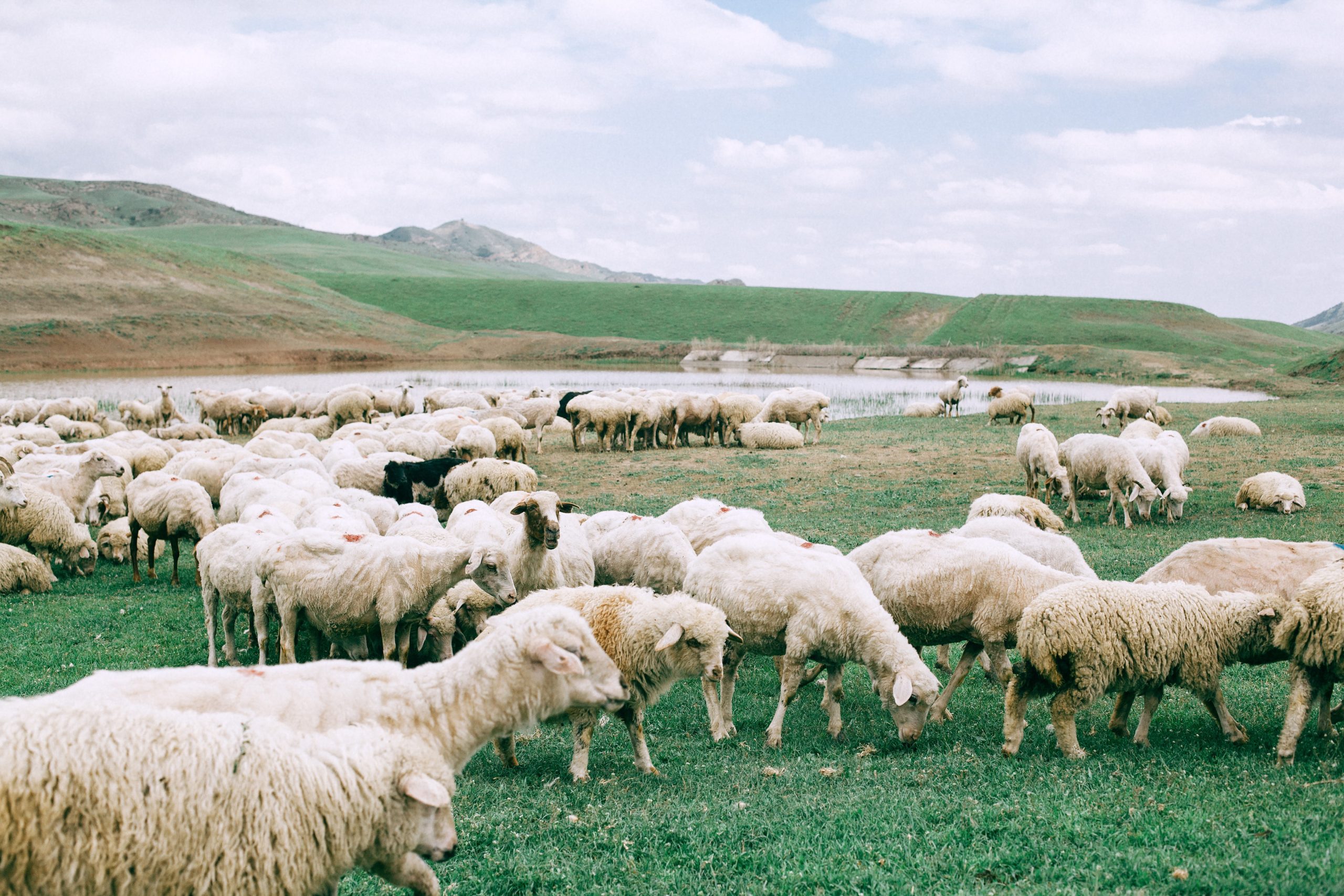Original interest in selenium primarily related to its toxicity. However, since 1957, this mineral has been recognised as an essential component in the diet of sheep and cattle.
Selenium is essential for the formation of the enzyme, glutathione peroxidase (GSH-Px) in the body. This enzyme is responsible for preventing cellular damage by free radicals produced by the body’s normal metabolic processes. The function of selenium is closely interrelated with that of vitamin E within the body.
Selenium availability is determined by soil type and pasture species. The selenium content of pasture is lowest in spring when the growth is greatest. Deep-rooted plants such as lucerne will have higher selenium concentration during this period than shallow-rooted plants. Clovers are less efficient than some other pasture varieties in their ability to take up selenium from the soil. Higher rainfall zones are more commonly affected due to leaching than drier areas.
Selenium deficiency is most easily and most commonly recognised as white muscle disease (nutritional muscular dystrophy) in calves and lambs. It is not easy to determine sub-clinical selenium deficiency in older animals and thus, it can be difficult to determine whether inadequate selenium intake may be limiting maximum animal performance under certain conditions, in particular, high producing dairy cows and beef feedlot heifers and steers.
Selenium and White Muscle Disease
White muscle disease is seen in calves born to dams that received a selenium-deficient feed during or before gestation. The disease is most common in rapidly growing calves 2-4 months of age and sudden unaccustomed exercise often precedes the acute signs by a few days. The disease is now recognised in grain-fed yearling cattle and often stressors (e.g. unaccustomed exercise, jostling and handling at vaccination) act as precipitating factors for disease.
There are two major syndromes, an acute form which primarily affects the heart muscle and occurs most commonly in young calves and a sub-acute form, which primarily affects the skeletal muscles and occurs in older calves and yearling cattle. The two forms are not mutually exclusive.
Calves suffering from the acute form of the disease may die suddenly without premonitory signs, especially after exercise. Rapidly growing young calves most commonly suffer the sub-acute form. Affected animals may be unable to stand; if they can stand; the obvious signs are stiffness, trembling, weakness and falling over.
White muscle disease is prevented by providing selenium with or without vitamin E to susceptible animals, in particular pregnant animals should be supplemented prior to giving birth.
Selenium and Mastitis
Independent studies have determined that selenium deficiency in dairy cows with mastitis may result in a greater duration of clinical signs of disease and animals deficient in vitamin E (which is closely linked to selenium) may suffer an increased incidence of mastitis. Data has also indicated that selenium levels strongly influence the immune response to E. coli mastitis and therefore the pathogenesis and outcome of the mastitis episode. Further studies indicated that selenium deficiency may also depress the immune response of calves challenged with a foreign pathogen. (Data on file)
The incidence of retained placentas in dairy herds has also been shown to be related to the herdu2019s selenium status and to decrease with selenium supplementation.
Selenium supplementation
Selpor prevents selenium deficiency in cattle. It is a pour-on formulation containing 5g/L selenium (as sodium selenate). It is a safe and effective product, suitable for long term supplementation. It can be used on lactating dairy cattle and beef feed-lot animals and is safe to use on calves.
Other options include selenium drenches, vaccines, depot injections, intra-rumenal bullets or selenium-fortified fertilsiers. Your veterinarian will be able to advise you on which method would be most suitable for your situation.



